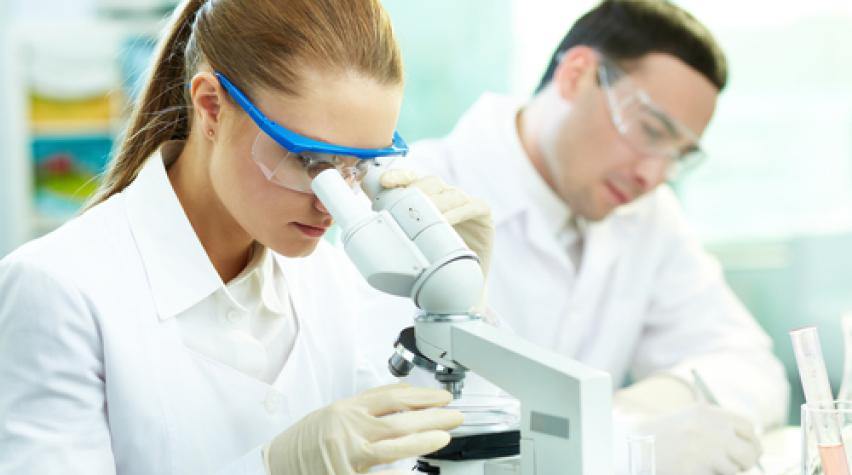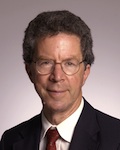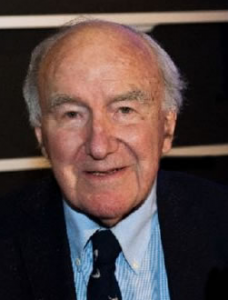
In the beginning: Bioprocessing
Biology's application takes many forms. Fermentation to make alcohol is an ancient bioprocessing step, and distillation goes back for three millennia. That was an art, predating ChE as a discipline. In the formative years of our discipline, petroleum and petrochemicals dominated the numbers and the thinking of ChEs. Meanwhile, manufacturing chemically synthesized drugs like aspirin and bioproduced antibiotics like penicillin also made use of ChE expertise. Tight regulation did and does prevent much process optimization beyond the initial scale-up, mainly because of the need to make products identical to the tested, approved substances.

Devising reactors and separation processes was the main involvement of ChEs in bio at first. The general curriculum emphasized continuous, high-temperature catalytic reactors and thermally driven separations. As Dave Ollis (co-author with the late Jay Bailey of the landmark book Biochemical Engineering Fundamentals) said, "The aqueous batch and semibatch reactors of fermentation fitted naturally with 'classical chemical engineering.' Empirical Michaelis-Menten enzyme kinetics, which was developed before Langmuir-Hinshelwood catalysis models, fitted well, too." Separations were different. Purification may involve very small quantities of biologically active material. Also, biomolecules and organisms are sensitive to heat, so gentler methods of separation are required than thermally driven, phase-equilibrium separations like distillation. Examples are ultrafiltration and dialysis, each over 100 years old. Their effective application relied on advances in polymer science in the 1950s and 1960s, such as the development of asymmetric membranes. Likewise, affinity chromatography depended on developing the appropriate antigen-antibody binding agents, although the process then can be described much like classical adsorption columns.
Alliances with medicine: Materials and transport

The human body is an amazing chemical plant, from the individual cell to major organs like the kidney. ChEs began to recognize how our skills and insights into fluid flow, reactors, separations, and process modeling could be brought to bear on understanding and treating the body, overcoming skepticism from within and from the medical community. I vividly remember the late Ken Bischoff telling me how excited he got over his technical discussions with physicians treating him at Johns Hopkins. Ed Merrill of MIT can be thanked for pioneering a great deal of ChE biomedical-engineering activity. His initial research was on polymers in the 1940s, and one aspect was discovering the biocompatible clotting resistance of polyethylene oxide. He also proceeded to take on the rheology of blood. In 1963, he developed a novel course, 10.56 "Chemical Engineering in Medicine," that evolved through the years to encompass membranes for artificial kidneys and aerosols for drug delivery. This passion of Ed's strongly influenced many in ChE, including his student and colleague Clark Colton, as well as Clark's student and their colleague, Bob Langer. In his recent Priestley Medal and Perkin Medal lectures, Bob has spoken eloquently of the psychological hurdles he overcame in the medical and ChE communities during his work on controlled drug release and regenerative medicine. ChE relevance wasn't obvious then, but it certainly makes sense now.
Biology is now a core aspect of ChE
This week, I've written about how bio has come to be a core part of ChE through traditional, non-biological tools of ChE. Bioscience is now creating new tools for the profession, a broader vision of the profession, and broader, more interdisciplinary developments - from biomimetic processes to biosensors to personalized medicine. Next week, I'll describe some of the impacts on the ChE profession by this molecular science thanks to Watson, Crick, Franklin, genetic engineering, the Human Genome Project, mammalian cell culture, and systems biology.



Comments
First of two parts on how biology has come to be a vital part of ChE now and into the future.
Great article, please update the next parts too.
What kind of update do you suggest?